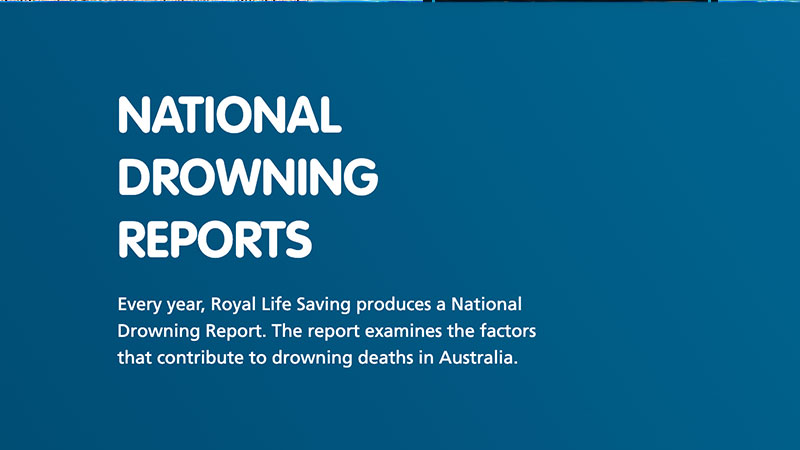Updated April 2023
The top reason a pool is non-compliant is when a gate hinge or latch is faulty, or does not follow the pool safety rules. This allows those at most risk – being children aged 0-4 – to access and enter the pool area. We break down the standards, regulations and act for Pool Gate Latch Safety.
Easy Click Through Table Of Contents
The pool gate is the weakest link of the pool fence.
Low quality and poorly maintained gates, faulty latches and hinges will fail, allowing a child entry and access to the pool area.
It shows
• 12 children aged 0-4 drowned in Australia
• 37% decrease in pool drownings from the year before, and
• 52% reduction compared with the 10 year average
And while the figures continue to improve, these drownings are relatively preventable.
It takes only 2 minutes to check your pool gate and latch – and save a life.
We know Pool Safety is complicated and the laws with the act, standards and regulations aren’t easy to read let alone decipher into normal words we can understand. But pool safety is a necessity for pool owners and the community. So we waded through the legal speak of the
Swimming Pools Regulation 2018
Swimming Pool Australia Standard 2012
Swimming Pools Regulation 2008
Swimming Pool Australian Standard 2007
Swimming Pools Act 1992, and
Swimming Pool Australian Standard 1986 (all a lovely mouthful right there)
and broke it all down – so you don’t have to.
You’re Welcome
Pool Gate Checklist
Gate complies with all Australian Standards for pool safety
The gate complies with
- AS 1926-1986, fences and gates for private swimming pools which applies to pools constructed prior to 30 August 2008
- AS 1926.1 – 2007, swimming pool safety, Part 1 safety barriers for swimming pools which applies to pools constructed between 1 September 2008 to 30 April 2013
- AS1926.1 – 2012, swimming pool safety, Part 1 safety barriers for swimming pools constructed after 1 May 2013
Gate opens outwards, away from the pool
Gates should not open into the house or onto someone else’s property. The gate needs to open outwards and not directly face the swimming pool, adding a step of difficulty for kids to work the latch and open the gate. This also stops them from running and jumping into the swimming pool from entry through the gate.
Gate is self-closing and self-latching
Pool gates are not intended to keep people inside the pool area. Pool gates are intended to keep people – especially children – out and away from the pool with a gate that closes automatically once passing through it. Gates must always be kept shut and never propped open.
Gate shuts securely from any open angle or force
The gate needs to close from any and all positions, whether fully wound open or opened a crack. The pool gate should automatically close and latch by itself with its release mechanism at the top of the gate and and remain secure even when forcibly shaken.
Pool Latch Checklist
Latch allows gate to shut securely from any open angle or force
Pool fence gates need a great working latch. Latches should automatically and mechanically work once the gate is closed. As a test, open the gate and let go. It should always swing closed and latch itself, regardless of how far you opened it – even if opened from a few millimetres.
Latch cannot be forced, shaken or jolted open
The latch needs to work consistently and smoothly so the gate, once latched, cannot be forced open by pulling or applying downward pressure on the gate.
Latch should be at least 1500mm above ground level
The latch release must be at a minimum height of 1500mm above ground level, high enough and out of reach that a small child cannot reach under or over the gate to pull the latch knob.
Latch should never be key locked to the “open” position
Gates must always be kept shut and never propped open, including keeping the latch key lock on open.
Extra Tip: Windows should not open more than 100mm
Windows should open no more than 100mm with a locking device which can not be removed without the use of a tool – such as a screwdriver or spanner
The Pool Fence, Gate & Latch Maintenance Checklist
Check fence bolts, screws and fasteners are tight and in good working order.
Tighten or replace loose bolts, screws and fasteners.
Spray self-closing gate hinges, locks and latches with lubricating oil like WD40 as part of good maintenance and upkeep.
Prefer to watch? Enjoy our video
Happy Pool Gate Latch Safety
Disclaimer: PoolSS Checklists are a guide only, and does not constitute acknowledgment or approval of compliance or safety. If you check “No” to any of our questions, we recommend you Book An Inspection with a pool safety inspector to carry out an inspection confirming your pool is safe.
Got Questions? We've Got Answers.

⭐ Put The 'Fun' into Fundamentals
Learn Up
???? Pool Fences & Barriers
⛔ NCZ Non-Climbable Zone
???? ???? Pool Gate Latch
⛔ Pool Signage







